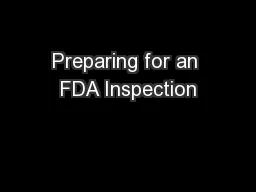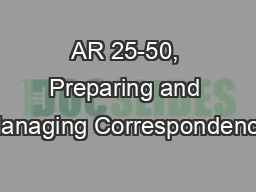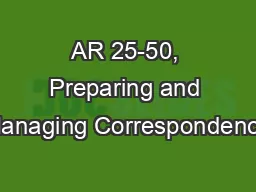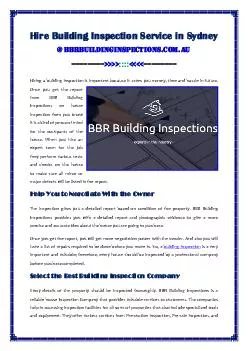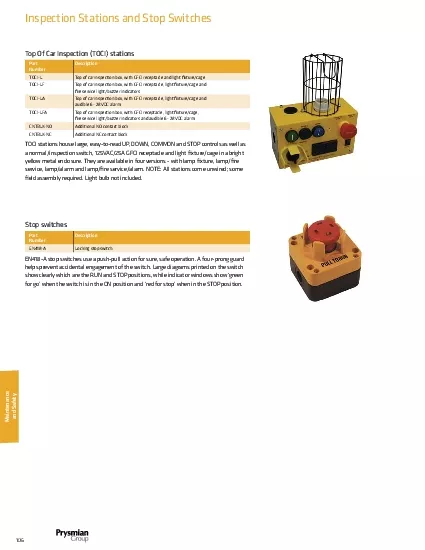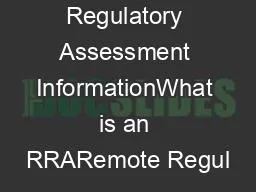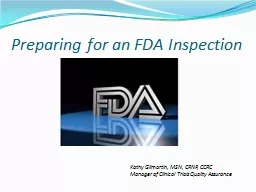PPT-Preparing for an FDA Inspection
Author : min-jolicoeur | Published Date : 2018-11-08
Kathy Gilmartin MSN CRNP CCRC Manager of Clinical Trials Quality Assurance Background FDA inspections are typically conducted at clinical sites to determine compliance
Presentation Embed Code
Download Presentation
Download Presentation The PPT/PDF document "Preparing for an FDA Inspection" is the property of its rightful owner. Permission is granted to download and print the materials on this website for personal, non-commercial use only, and to display it on your personal computer provided you do not modify the materials and that you retain all copyright notices contained in the materials. By downloading content from our website, you accept the terms of this agreement.
Preparing for an FDA Inspection: Transcript
Download Rules Of Document
"Preparing for an FDA Inspection"The content belongs to its owner. You may download and print it for personal use, without modification, and keep all copyright notices. By downloading, you agree to these terms.
Related Documents

